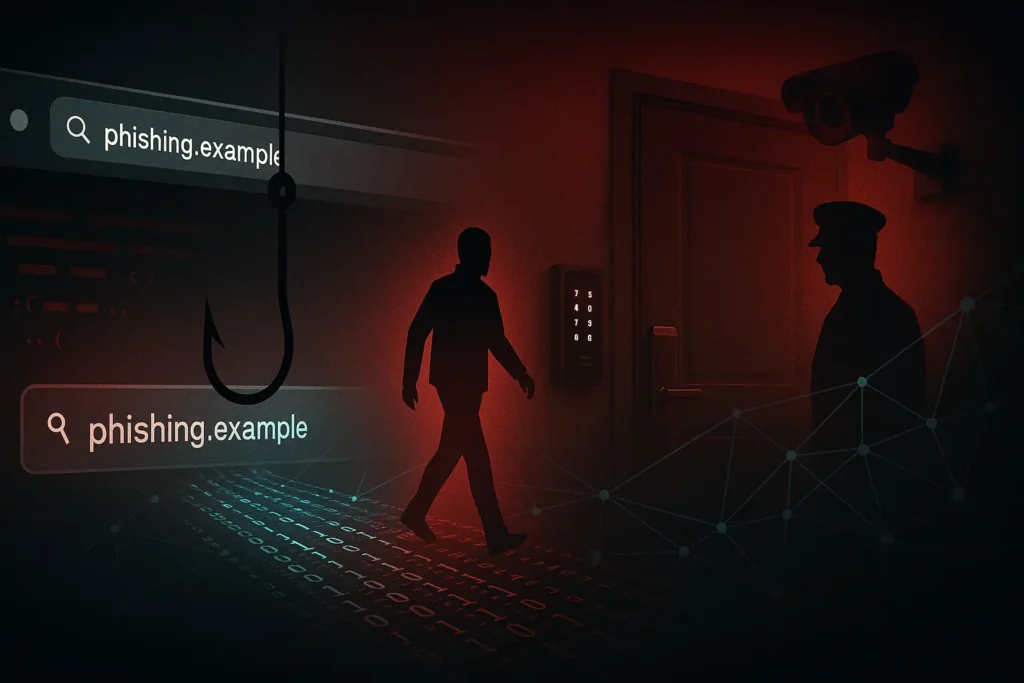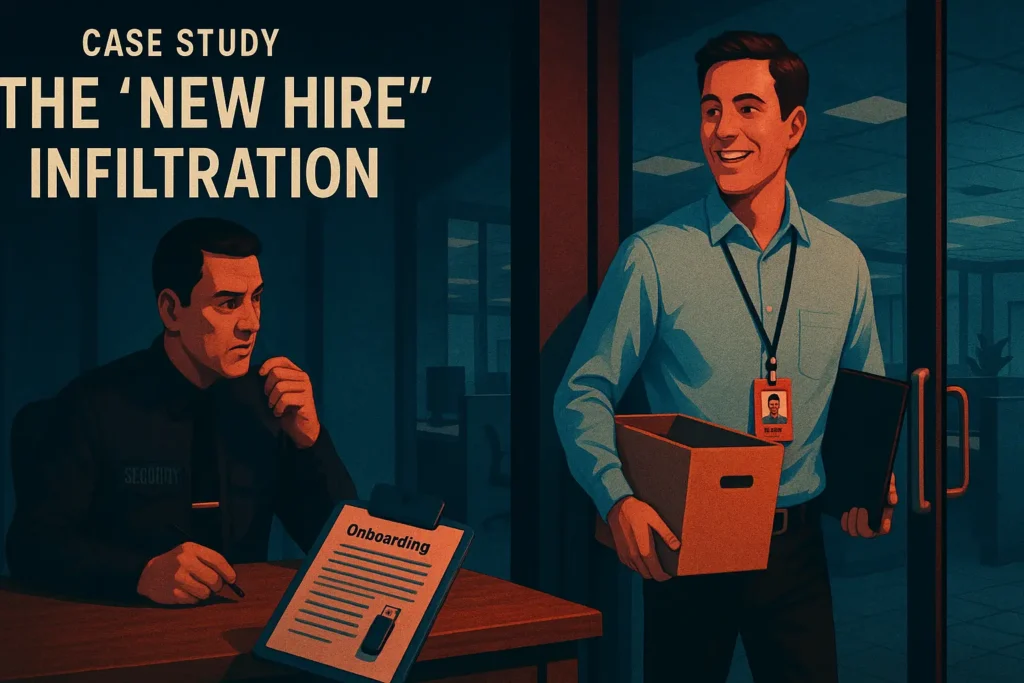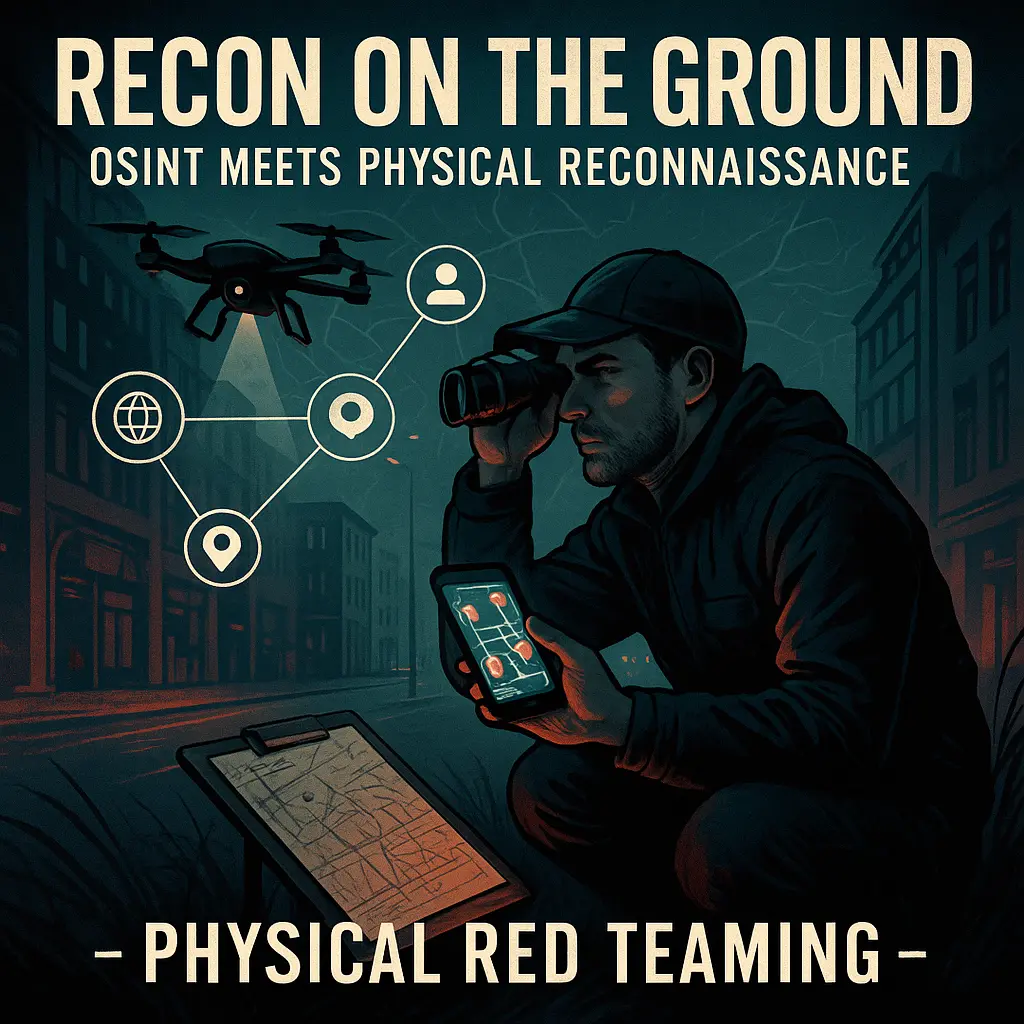Before a single lock is picked, the battle is often won with data. Discover how open-source intelligence lays the groundwork for physical red teaming, turning public information into the keys to the kingdom.
The First Step of a Breach Isn’t at the Door—It’s on the Web

In the world of physical red teaming, the most powerful tool isn’t a lockpick set or an RFID cloner; it’s information. Every successful physical intrusion begins long before an operator sets foot near the target building. It starts with a meticulous process of Open-Source Intelligence (OSINT), where attackers patiently gather and piece together publicly available data to build a blueprint for their attack.
This digital reconnaissance is the foundation of a modern physical breach. It transforms attackers from opportunistic intruders into calculated adversaries who know where to go, who to impersonate, and when to strike. When this digital insight is fused with on-the-ground physical reconnaissance, security vulnerabilities that are invisible to the naked eye become glaringly obvious.
OSINT: Weaponizing Public Information

OSINT is the art and science of collecting information from publicly accessible sources. For a physical red teamer, the internet is a treasure trove. Key targets for collection include:
- Employee Information: Social media platforms like LinkedIn reveal employee names, job titles, work histories, and even start dates. This is invaluable for creating believable pretexts.
- Company Culture and Events: Corporate blogs, Instagram, and Facebook pages often showcase photos from company events. These images can leak the design of employee ID badges, office layouts, and even the type of security hardware in use.
- Physical Location Intel: Google Maps, Street View, and public property records provide satellite imagery, building layouts, and details about surrounding areas, helping to identify potential entry points like parking areas, loading docks, or less-monitored side doors.
- Technical Details: Job postings for IT or security staff can inadvertently reveal the specific technologies a company uses, such as the brand of their access control system or CCTV cameras, allowing attackers to research known vulnerabilities.

The Fusion: Where Digital Intel Meets Physical Reality
OSINT alone provides a map, but physical reconnaissance validates it. The true power emerges when a red team operator takes the intelligence gathered online and uses it to direct their on-the-ground surveillance.
This flowchart illustrates how digital data lays the groundwork for a successful physical breach.
Here’s how this fusion works in practice:
- Identifying Staff Routines: OSINT might reveal that a company has a “dog-friendly” policy from their blog. Physical recon can then focus on observing employees who use a specific side door to take their pets out. This entry point may have weaker access controls and is often used repeatedly throughout the day, creating perfect opportunities for tailgating (following an authorized person through a door).
- Exploiting Badge Weaknesses: A high-resolution photo of an employee wearing their badge is found on the company’s public Linkedin/Twitter feed. Using this image, the red team can create a highly convincing replica. During on-site recon, an operator can do a “drive-by” or “walk-by” with an RFID reader to capture badge data from a distance, which can then be written to the replica badge for a seamless entry.
- Mapping Access Points: Google Maps shows a loading dock at the rear of a building. Physical recon confirms that this dock is only staffed during specific delivery hours. An operator can then time their approach to coincide with a legitimate delivery, dressing as a courier and carrying a dummy package to blend in and walk past an overwhelmed or distracted security guard.
Case Study: The “New Hire” Infiltration

A financial services firm engaged Bluefire Redteam to test its physical security. The operators’ goal was to gain access to the network from within the building.
Phase 1: OSINT (The Digital Blueprint)
The team began by scanning LinkedIn and identified several employees who had recently announced they were starting a new job at the target company. One new hire had publicly posted about their excitement to start the following Monday. Cross-referencing the company’s career page and social media, the team found photos from a “Welcome Day,” which clearly showed the design of the lanyards and the general format of the employee badges. Job postings for security personnel mentioned experience with a specific brand of access control system, allowing the team to research its features and potential weaknesses.
Phase 2: Physical Reconnaissance (Validating the Plan)
For two days, operators conducted surveillance from a nearby coffee shop and in their car. They observed the morning rush, noting that new hires were often directed to the third-floor HR department without an escort. They mapped the building’s layout, identifying that the third-floor stairwell was rarely used and not monitored by cameras. They also noted the general attire of employees to ensure their operator would blend in perfectly.
Phase 3: Execution (The Breach)
On Monday morning, our red team operator, dressed in business casual attire and holding a replica lanyard (with a blank card), walked in with the crowd. When the lobby guard stopped them, the operator confidently gave the name of the new hire they had identified on LinkedIn and said,
“Hi, I’m starting today. I was told to head up to HR on the third floor to get my badge.”
The guard, accustomed to this routine, waved them through. Instead of going to HR, the operator took the unmonitored stairwell to the fifth floor—the IT department. They found an empty cubicle, connected a small, discreet device to the network port, and established a remote shell within minutes.
Outcome and Insight:
The breach was successful not because a lock was picked, but because the company’s onboarding process had a critical logic flaw built on social trust. The debrief highlighted that security cannot end at the front desk. Recommendations included:
- Issuing temporary, expiring badges to all visitors and new hires at reception.
- Implementing a mandatory escort policy for all non-badged individuals.
- Using network access control (NAC) to disable all unused network ports by default.
How Bluefire Redteam Masters the Art of Physical Red Teaming
This level of detailed reconnaissance is not just a tactic; it’s a core philosophy. At Bluefire Redteam, every physical engagement is built on a foundation of deep, multi-layered intelligence gathering. Our operators are experts at blending digital OSINT with covert physical surveillance to create adversary simulations that are indistinguishable from real-world threats.
By working with Bluefire Redteam, you gain more than just a list of vulnerabilities. You gain a true understanding of your organization’s threat landscape from an attacker’s perspective. Our insights help you:
- Strengthen your human firewall by training employees to recognize and report suspicious activity.
- Harden physical access points that are identified as weak links.
- Reduce your digital footprint by refining policies around what information is shared publicly.
In today’s threat landscape, your security perimeter is no longer defined by your walls; it’s defined by the information available about you online. Before an adversary ever tries to breach your door, they will have already spent hours breaching your digital presence. Understanding and managing this “reconnaissance surface” is the first and most critical step in building a truly resilient defense.


